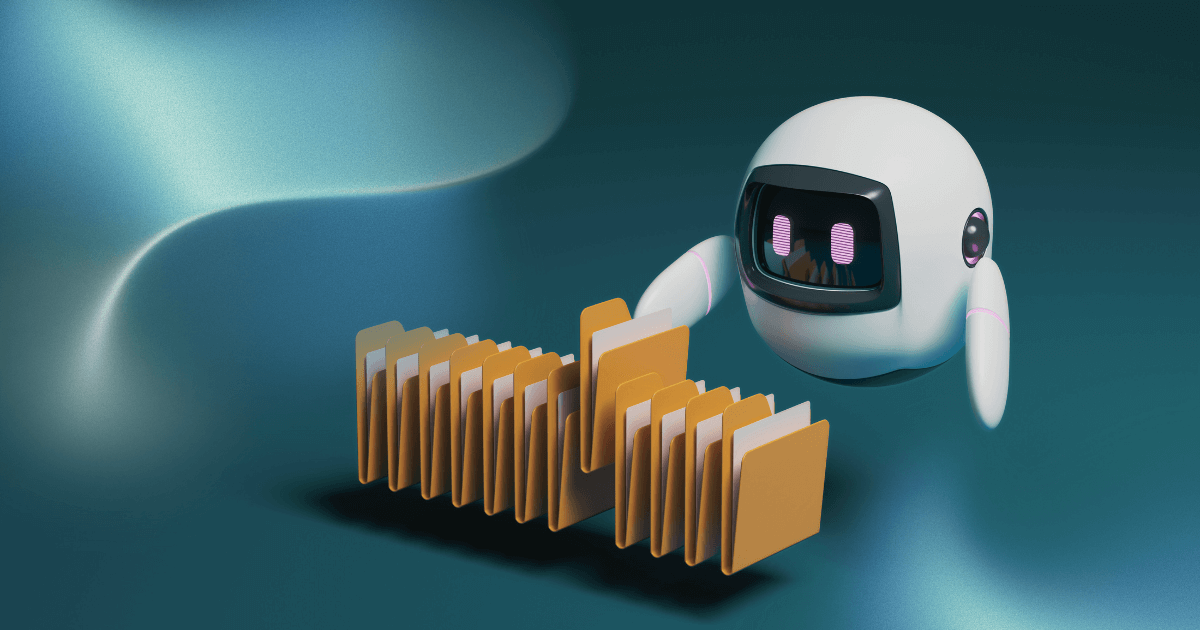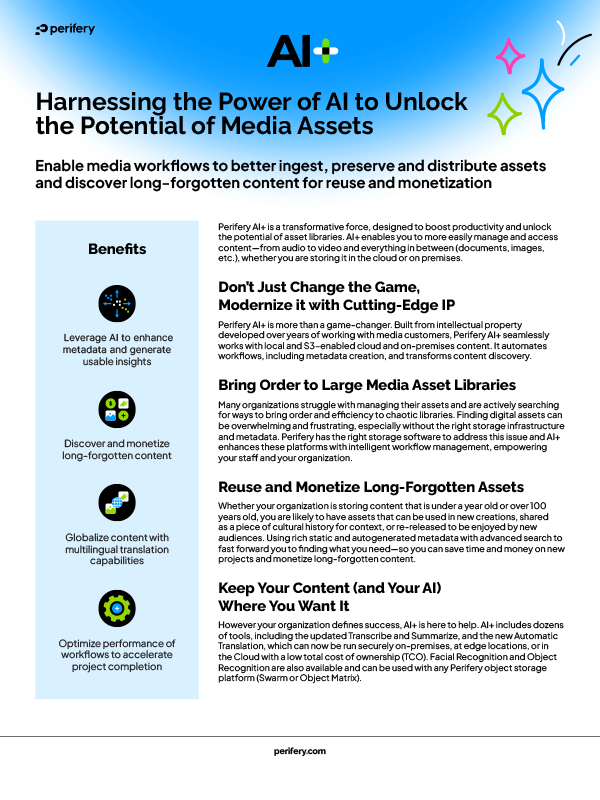
Having worked in storage for 25+ years, I have seen highs and lows, the amazing and mundane, and the spectacular and boring as technology has evolved. I have chosen more recently to focus on what some customers might consider boring and mundane – that being object storage.
Object storage has the ability to be transformative in media workflows. But it can be a huge step for corporations to look beyond traditional methods of back up and make the jump to integrating an object storage target that can act and function as on on-prem cloud. The advantages are many as an on-prem target. The benefits range from easy and fast access to data, to major cost savings from leading cloud providers. Still, with these benefits firmly in place, considering a move is a long process, triggering internal discussions among those that are comfortable with traditional and dated models, and those who can clearly see the advantages.
At Perifery, we have gone beyond the normal paradigms of traditional object-based systems. We have taken the next steps to make object storage exciting, by integrating an AI layer into our solutions. And by developing a world class eco system of technology partners, Perifery integrates as part of a transformative solution, allowing you to take advantage of the possibilities. Look for later blogs as I show off and brag about some of our incredible partners that make that possible!
But, for today, I want to highlight why Perifery’s Swarm object storage solution, which features an integrated AI layer (that we call AI+), is the cornerstone for your superior workflow. Here are some of the reasons that our AI-enhanced solution is a must see:
- Metadata Enrichment: Utilize AI algorithms to automatically generate and append metadata to objects stored within Swarm. This metadata can include information such as object content, context, sentiment, and relevance.
- Automated Tagging: Use AI to automatically tag objects based on their content. This can involve object recognition, text extraction, or any other relevant analysis to generate descriptive tags that improve searchability and organization.
- Predictive Insights: Implement AI models to analyze patterns and trends within the stored objects. This can help in predicting future storage needs, identifying potential issues, or suggesting relevant actions based on historical data.
- Data Lifecycle Management: Implement AI algorithms to optimize the data lifecycle within Swarm, including automated data retention policies, data archiving, and intelligent data deletion based on relevance and usage patterns.
- Data Quality Assurance: Use AI to assess and maintain the quality of the stored data. This can involve detecting and correcting errors, identifying duplicates, and ensuring data consistency and integrity.
- Workflow Automation: Leverage AI-driven workflow automation tools with Swarm to streamline processes such as data ingestion, transformation, analysis, and distribution.
- Customizable AI Plugins: Provide users with the ability to integrate custom AI models and algorithms, allowing them to tailor AI functionalities to their specific use cases and requirements.
By integrating AI capabilities into object storage systems, organizations can unlock the full potential of their media assets, enhance productivity, improve decision-making, and drive innovation.
Welcome to the world of Perifery. Talk to me or any one of our expert team members to learn more about the next level of object storage. In the meantime, get to know our Swarm storage and AI+ solution a bit better.
